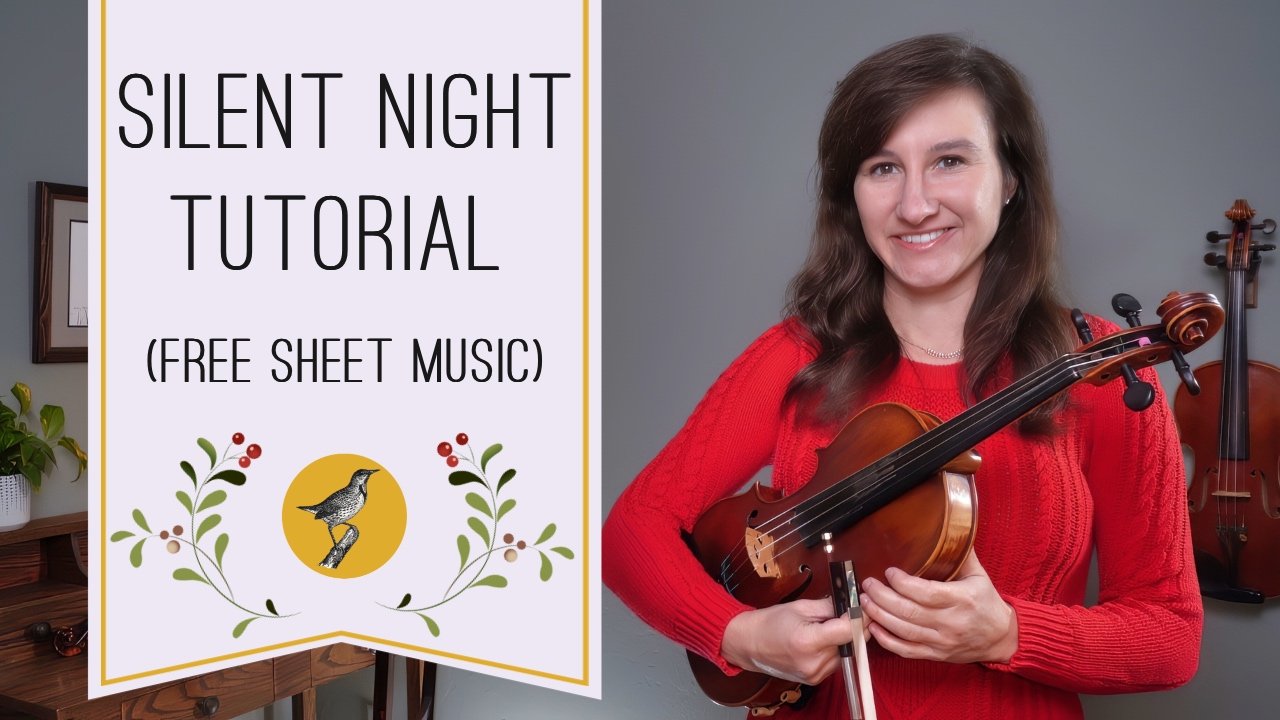Top 10 Best Apps for Violinists
/As a violin teacher, there are several amazing apps for violinists that I always recommend to all of my students. From handy tuner/metronome apps to sheet music catalogues or backing tracks, these apps and websites make it so much easier to learn the violin.
I divide these great apps for the violin into a few different categories. Tuners and metronome apps, sheet music and accompaniment apps, practicing apps, and apps for learning to play violin.
While all of these violin apps are helpful, my personal favorites can be found in Sheet Music and Accompaniment Apps. You’ll find some apps and websites here to take your practicing to a whole new level (and make you have more fun while practicing too!)
Let’s get started with my favorite, must-have apps for violinists!
Tuning and Metronome Apps for Violin
While you definitely may want to purchase a dedicated metronome or tuner, having a tuning or metronome app on your phone is a great idea. There are so many tuning apps these days. Here are my favorites for the violin.
1. insTuner
insTuner has been my go-to tuning app ever since I first got a smart phone. It’s free, doesn’t have annoying ads, and is wonderfully simplistic. Many tuning apps for the violin are distracting with so many bells and whistles. As if tuning weren’t complicated enough!
That’s one reason why I love insTuner. It’s a simple tuner and a tone generator. Nothing fancy. Just what you need and nothing more.
Watch my tutorial on how to tune a violin using the insTuner.
2. Helix Tuner
Here’s another free tuning app for the violin, but Helix Tuner is not your standard tuner, and you probably shouldn’t treat it that way. Helix Tuner displays sounds like a circular oscillograph. The more stable the image, the more in tune you are. When the image rotates clockwise, you are sharp. Counterclockwise equals flat.
Helix Tuner can be wonderfully mesmerizing. I don’t recommend using it all the time, or even as your primary tuner. I recommend Helix Tuner to help students hear sounds as frequencies. As violinists, the more you think of the sounds you are producing as wavelengths or frequencies, the better your sound production will be.
3. Tunic Unisono
Like Helix Tuner, Tunic Unisono also produces sounds as images. It’s another fun app for seeing the tones you are producing as frequencies. It’s got a slightly higher price tag than the free Helix Tuner, but it’s definitely worth signing up for the free trial to play around and see if you like it.
I’ll show you how to use Helix Tuner and Tunic Unisono and how to hear sounds as wavelengths here.
4. Smart Metronome &Tuner
Now on to metronome apps for violinists. My favorite is Smart Metronome and Tuner. Again, it’s simple. Not too much on the screen to distract you. I like that it has a digital arm that swings instead of just a flashing light. There’s also a tuner and some other features like a timer and a practice log. I mainly use this app just for the metronome. It clicks and is easy to adjust…that’s all I need!
5. Soundcorset
For an app that does it all, try Soundcorset. It’s a tuner, metronome, sheet music catalogue, and practice tracker. You can also record yourself through the app which is great for keeping track of your progress and seeing how far you’ve come1
Sheet Music And Accompaniment Apps For Violinists
Next up, my favorite violin apps for sheet music and accompaniment.
6. MuseScore
MuseScore has got to be one of the best repositories for sheet music of all kinds, whether it’s classical, fiddle, modern, or whatever. It’s like Youtube for sheet music because the majority of its catalogue has been uploaded by users. That means some music is hit or miss when it comes to quality, but it’s still a great place to get sheet music.
There are two sides to MuseScore, one is the music catalogue uploaded by users and the other is the free notation software. I use MuseScore to create all of my sheet music. I also always recommend my students download the MuseScore notation software. If you’re a member of my studio, I upload the MuseScore files in addition to the printable sheet music so that you can download the MuseScore file and use MuseScore to play the tracks or change anything you want, like slurs, notes, key signature, etc.
It’s also worth nothing that you don’t have to pay for MuseScore to download the software or to browse the catalogue. Paying for MuseScore simply allows you to download the MuseScore files from other users or download and print the sheet music (plus other features as well).
The MuseScore notation software is only available for computers (not tablets or phones). The user-uploaded sheet music catalogue is available through the app or on your computer.
Download the MuseScore app from your App Store or visit the music catalogue online here.
Download the MuseScore free notation software here.
7. Strum Machine
If you love fiddling, Strum Machine is a must have app for fiddlers! Strum Machine has backing tracks for a long list of fiddle songs. Plus you can create your own chords if the song isn’t in the Strum Machine catalogue. You can speed up and slow down the accompaniment and adjust the playback and instruments. Best of all, it sounds like real instruments! Not some nasally computerized audio.
I use Strum Machine myself pretty much everyday. If you have to play fiddle by yourself, you want Strum Machine to back you up!
Strum Machine also exists as a website, so you can use the app or your computer.
Normally you can sign up for Strum Machine and get a 14 day free trial, but if you use this link you can get a 30 day free trial courtesy of Strum Machine.
8. TomPlay
TomPlay is like Strum Machine, but for classical pieces. There’s a massive collection of piano accompaniment for many of our standard violin pieces (including the Suzuki Books). You can speed up and slow down the play along tracks, loop measures, and choose to include or exclude the solo violin.
TomPlay can be used through the app on your phone or tablet, or on your computer through the website.
Search the App Store for TomPlay or access the website here.
Practicing Apps for Violinists
9. Drone Tone
I always recommend practicing with drones. Playing violin is all about developing your ear and if you’re trying work on intonation using a tuning app with its little flashing green light, you’re headed down the wrong path! Use a drone to help you play in tune. It’s more musically appealing than watching a light on your tuner, and it will help you develop your ear.
For instance, if you’re playing a D scale, have a D drone playing and compare and adjust all of your fingers to the D drone! Many tuners have tone generators, but I love drone generators that produce chords. It’s much more fun and enjoyable to listen to.
Drone Tone exists as an app and also as a website.
Get the Drone Tone App or access it on your computer here.
10. EarMaster
Since violinists don’t have frets, learning to play in tune is all about training your ear to tell your fingers where to go! I’m a big fan of EarMaster and recommend it to all of my studio members. EarMaster is an ear training software with great exercises to help build up your ear training skills. It’s great for beginners or advanced musicians.
EarMaster can be accessed by an app and as a website.
*Bonus* Best App for Learning to Play the Violin
11. The Meadowlark Violin Online Studio App
If you want to learn to play the violin using an app, I have to recommend….my app! My online studio includes over 800 lessons on how to play the violin (or fiddle) and you can get all that at the tip of your fingers with the app. You’ll also get access to my exclusive community where you can ask me questions anytime. There’s live events, monthly missions to keep you focused, recitals, studio hours, and so much I can’t even name it all.
If you’re interested learn more here!
(And by the way, it’s not just an app. It works great on a computer as well!)
I hope you enjoyed my best apps for violinists. What are your favorite violin apps? Comment and let me know!







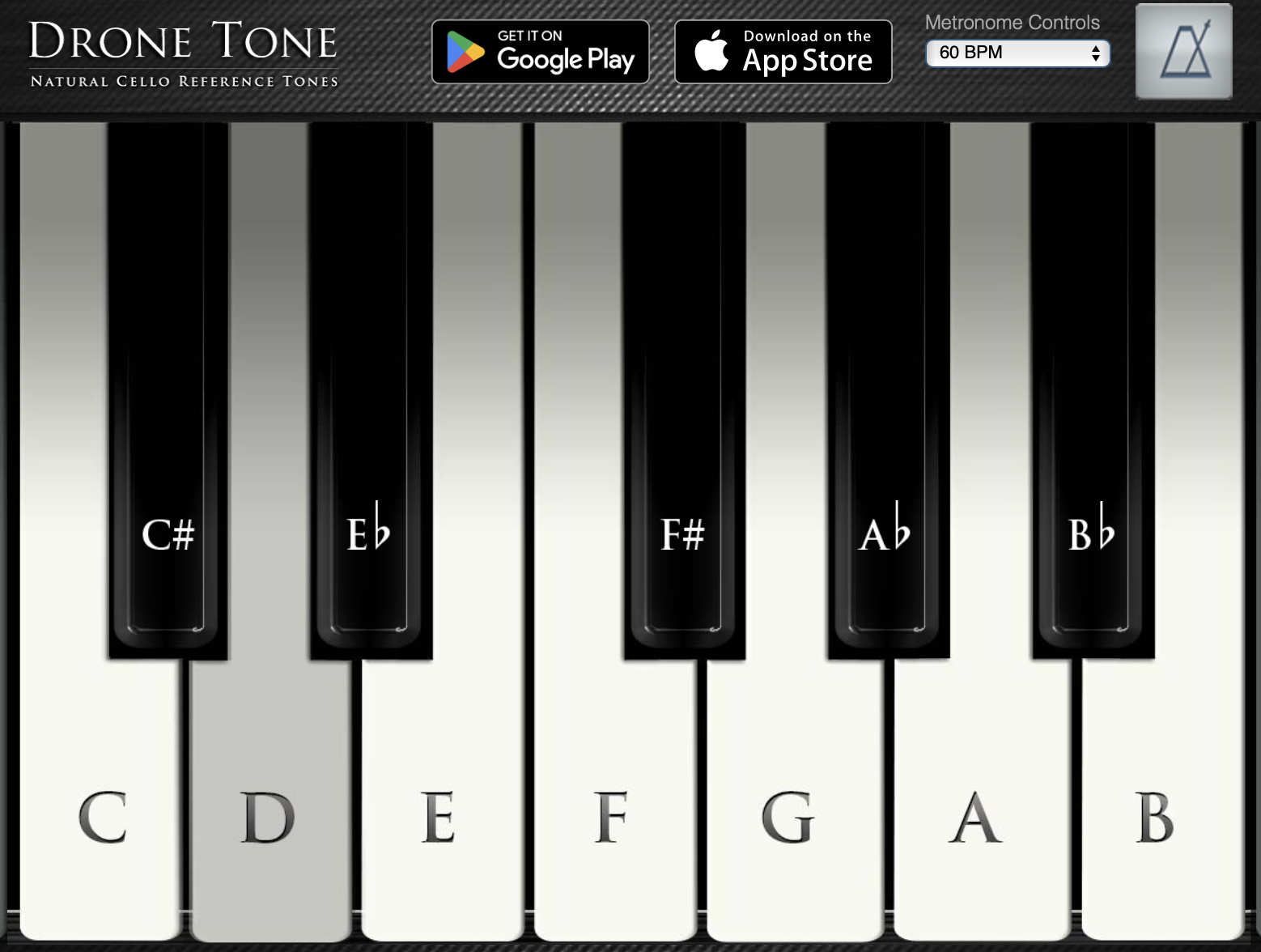

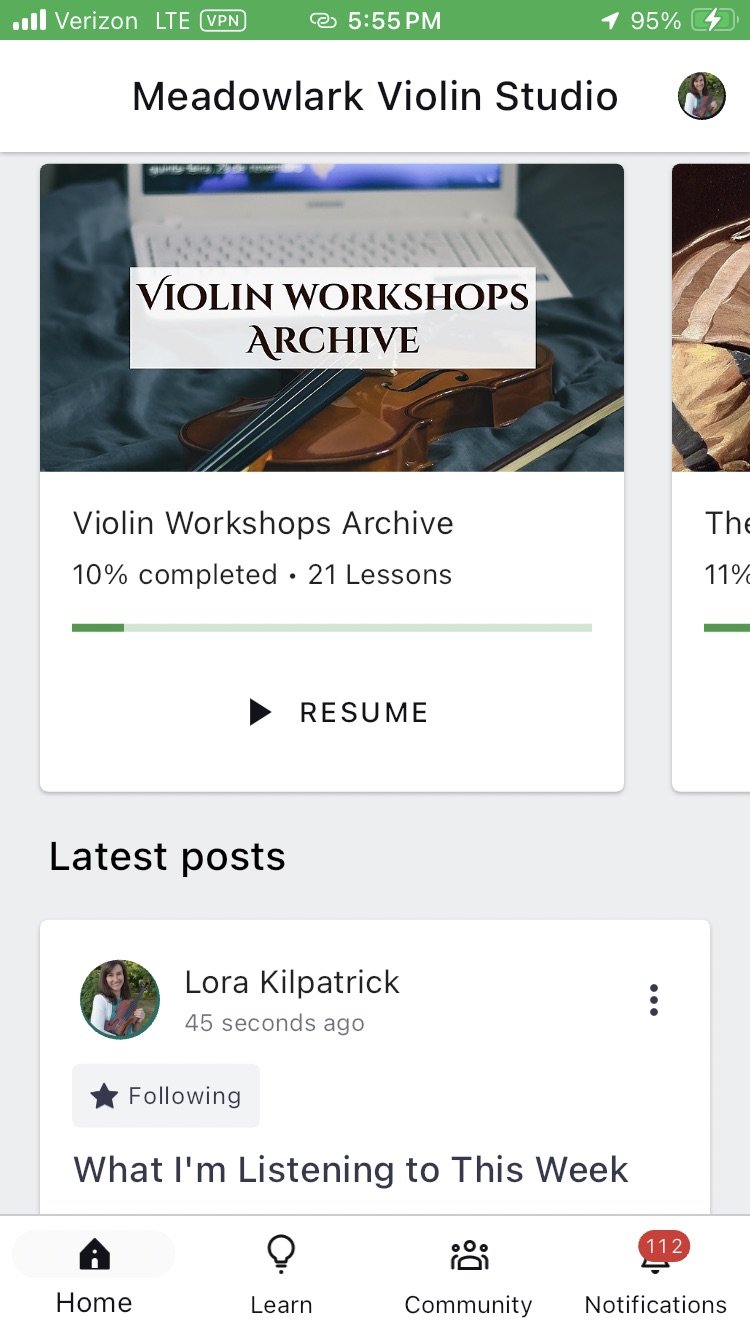



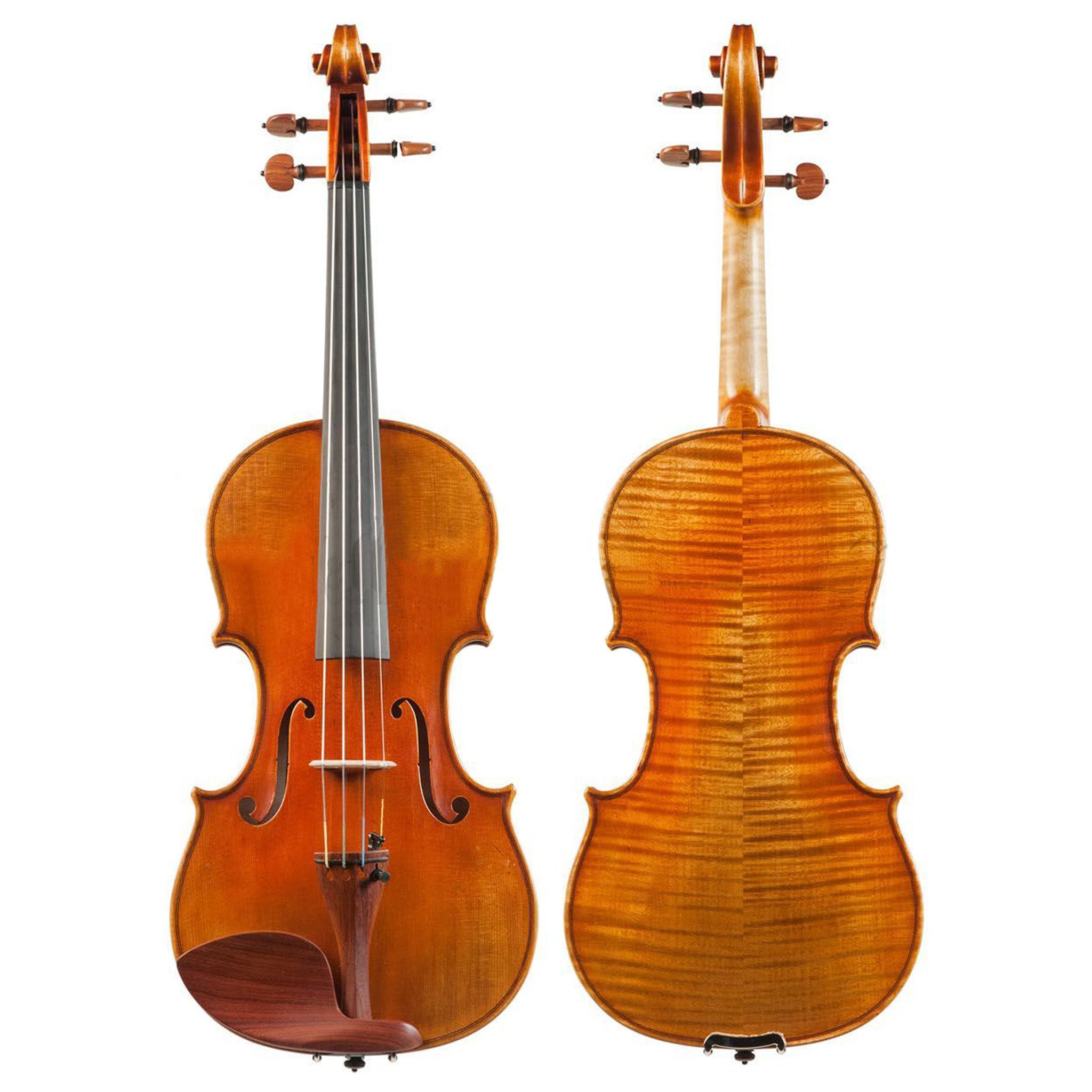






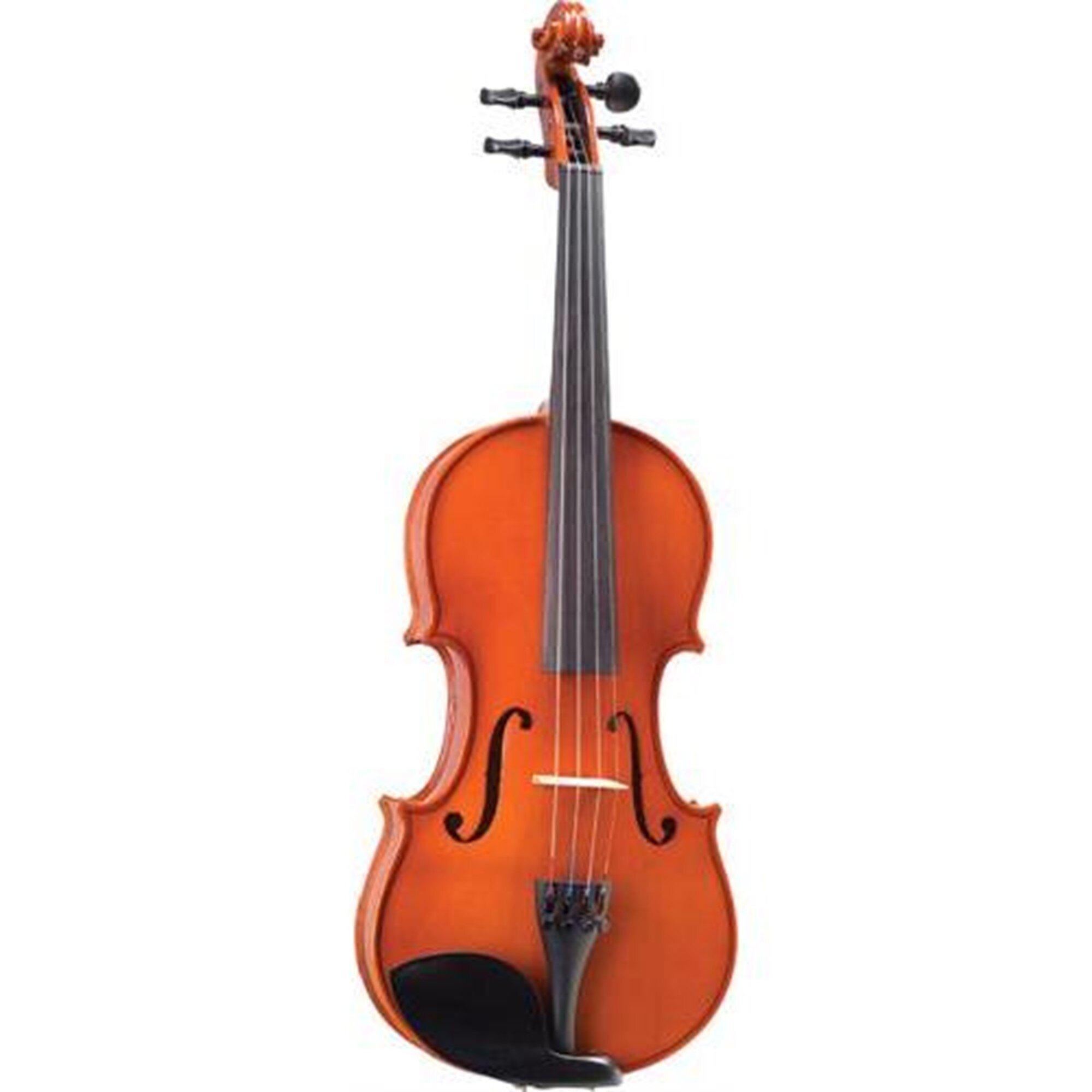

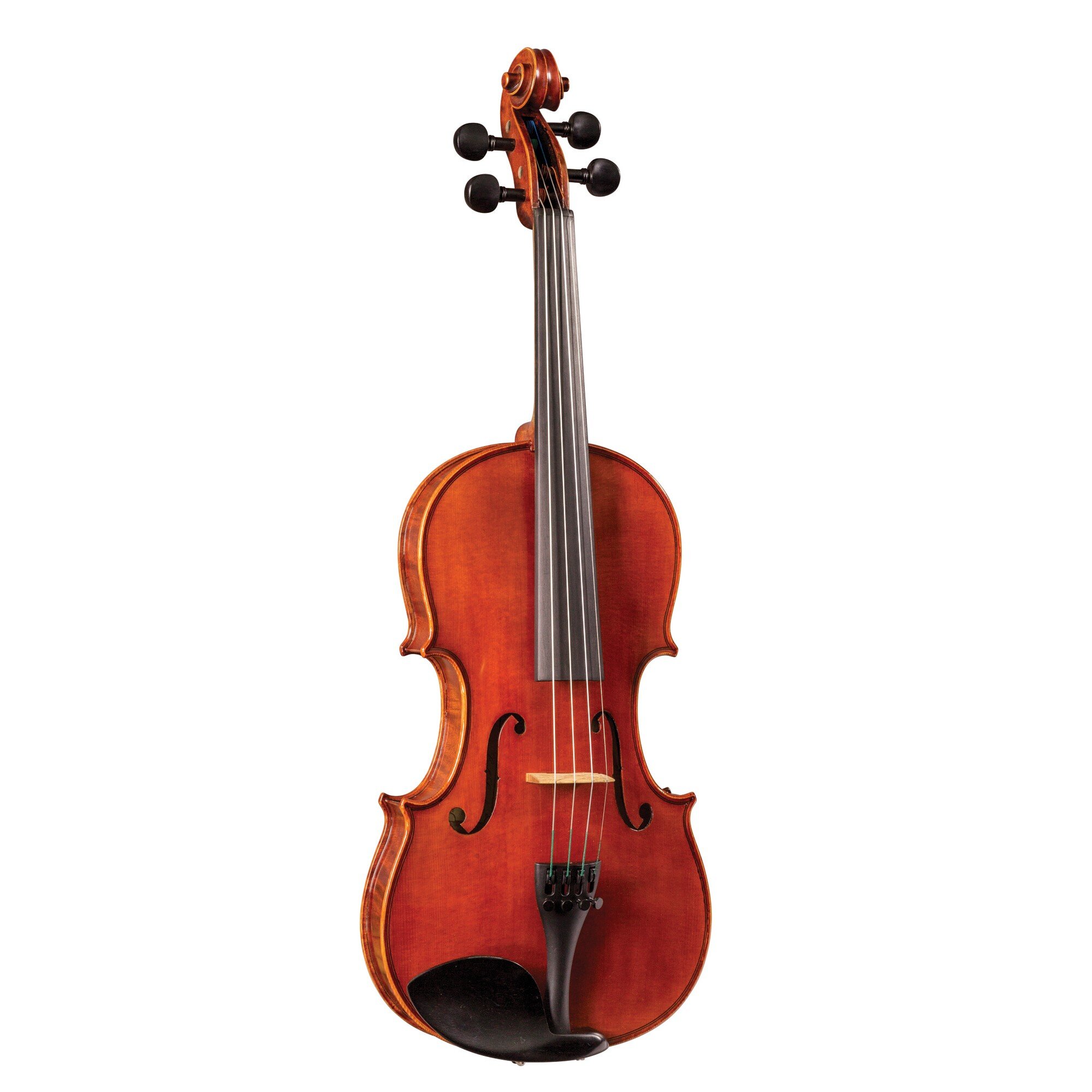
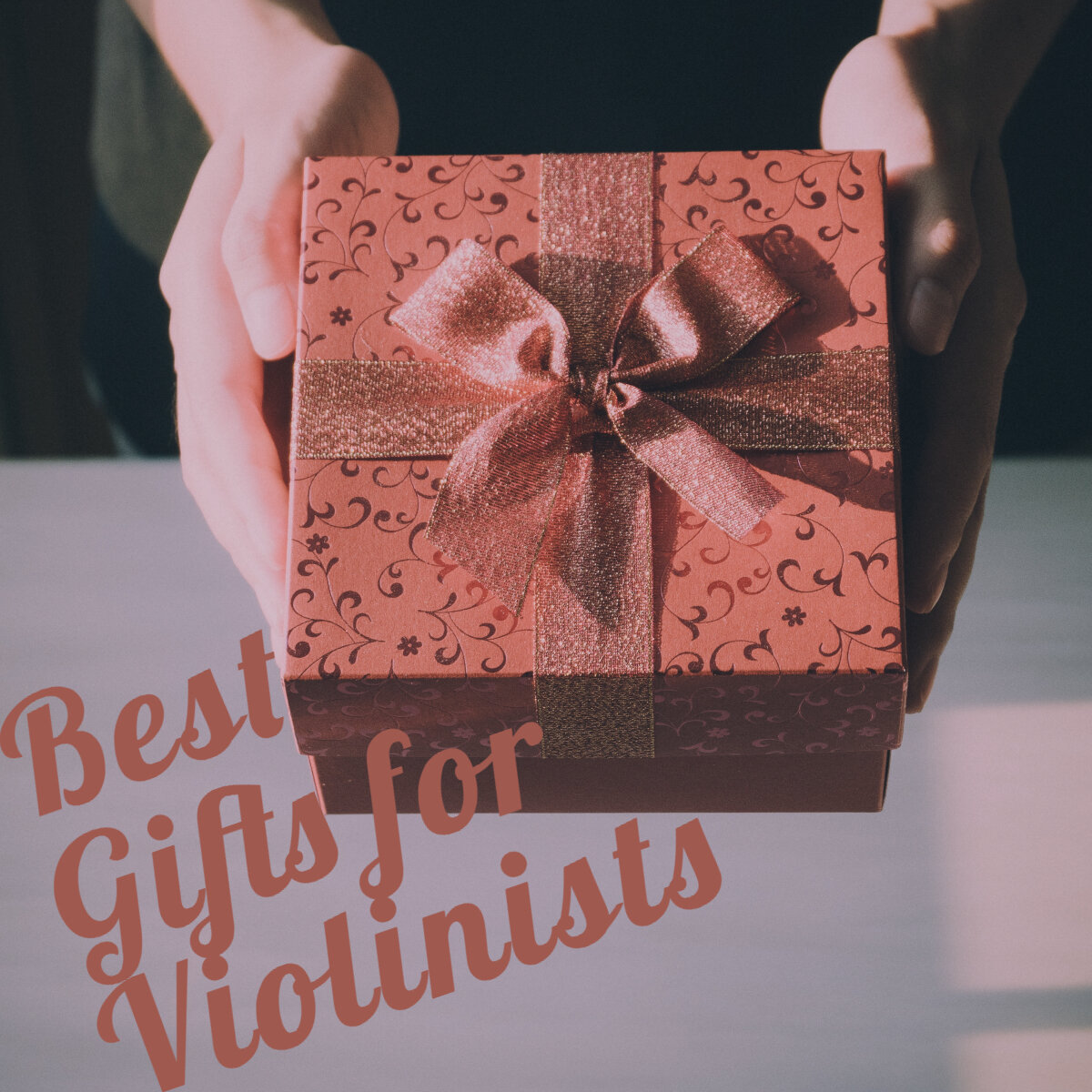








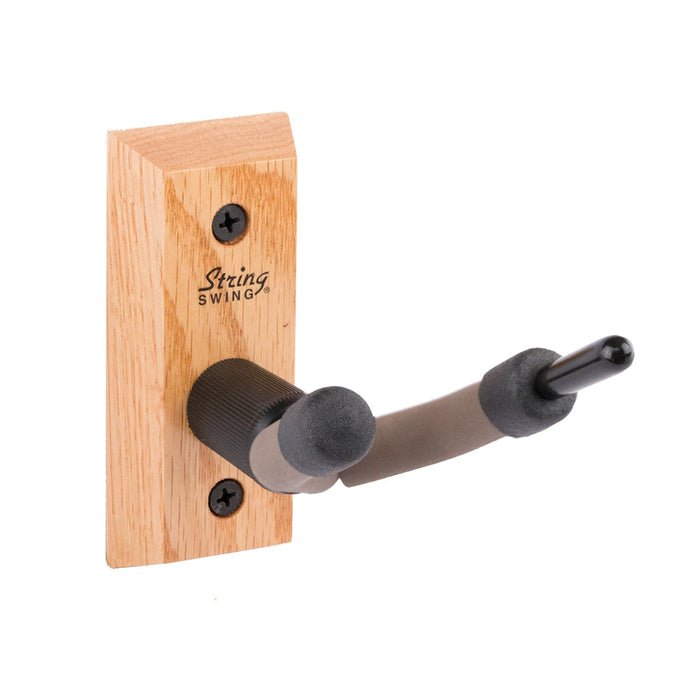








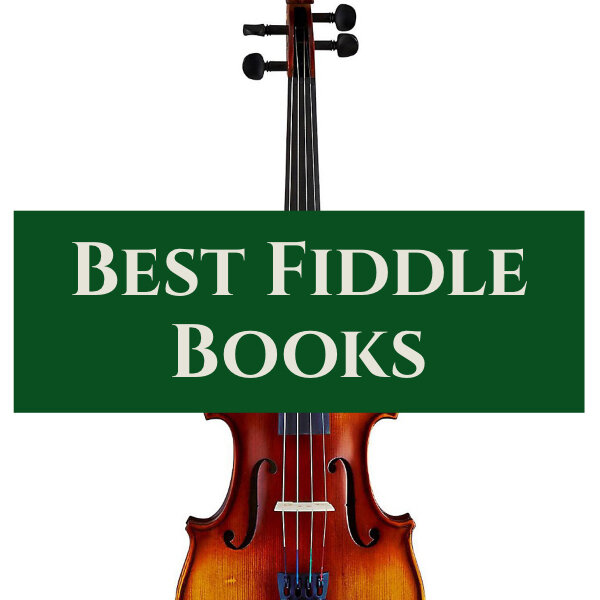







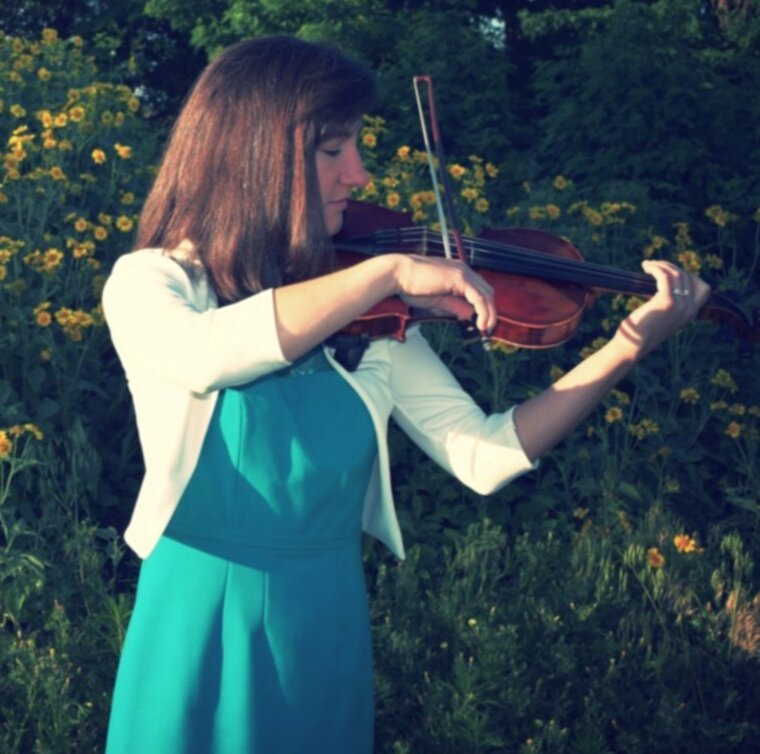






























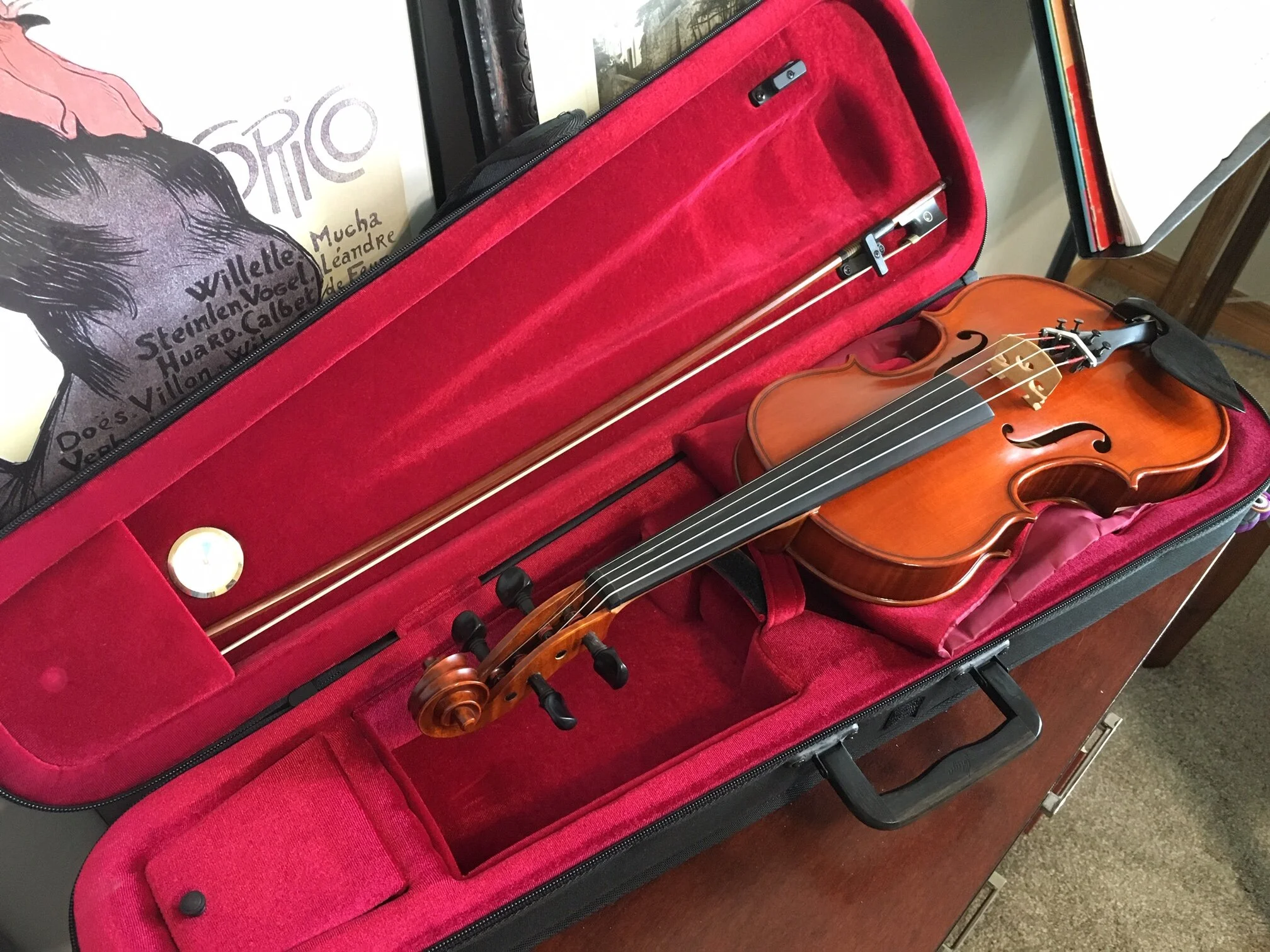


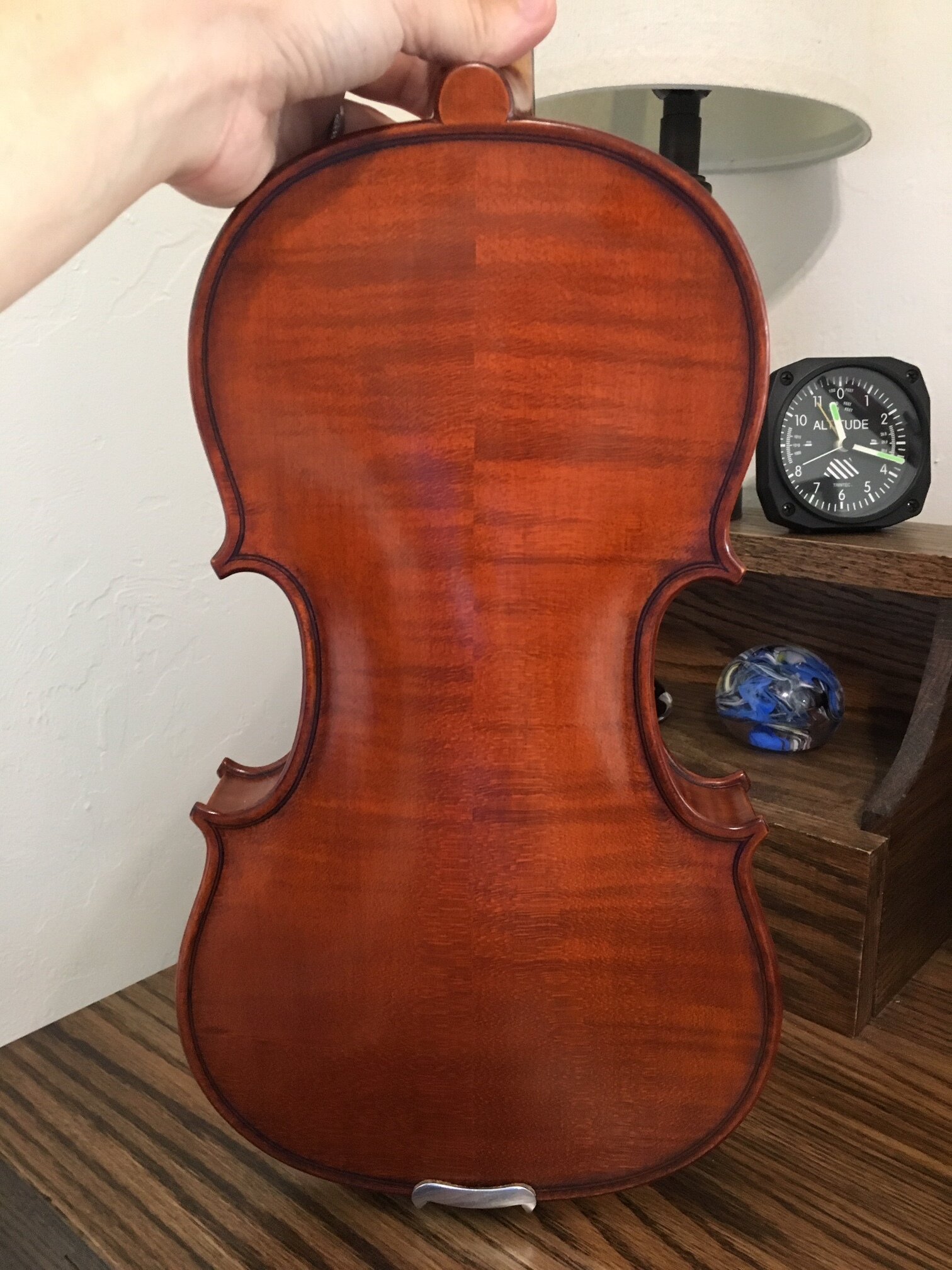

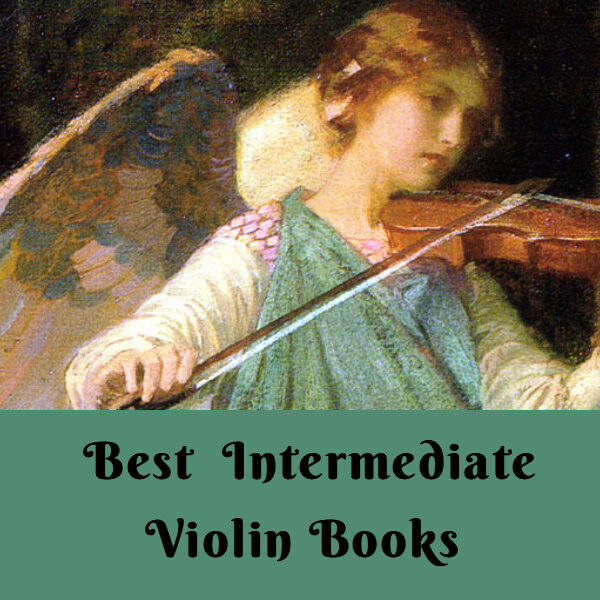



























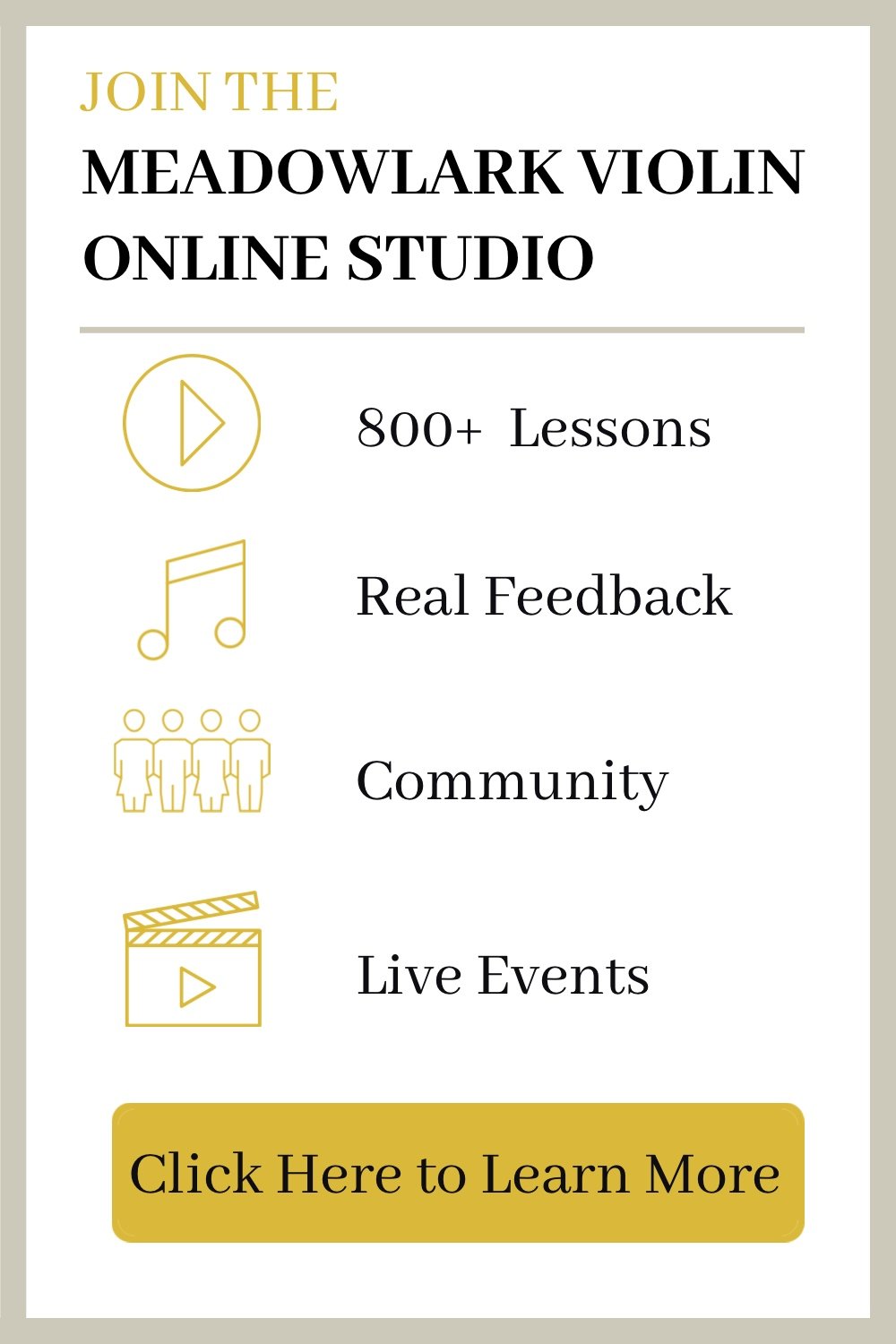











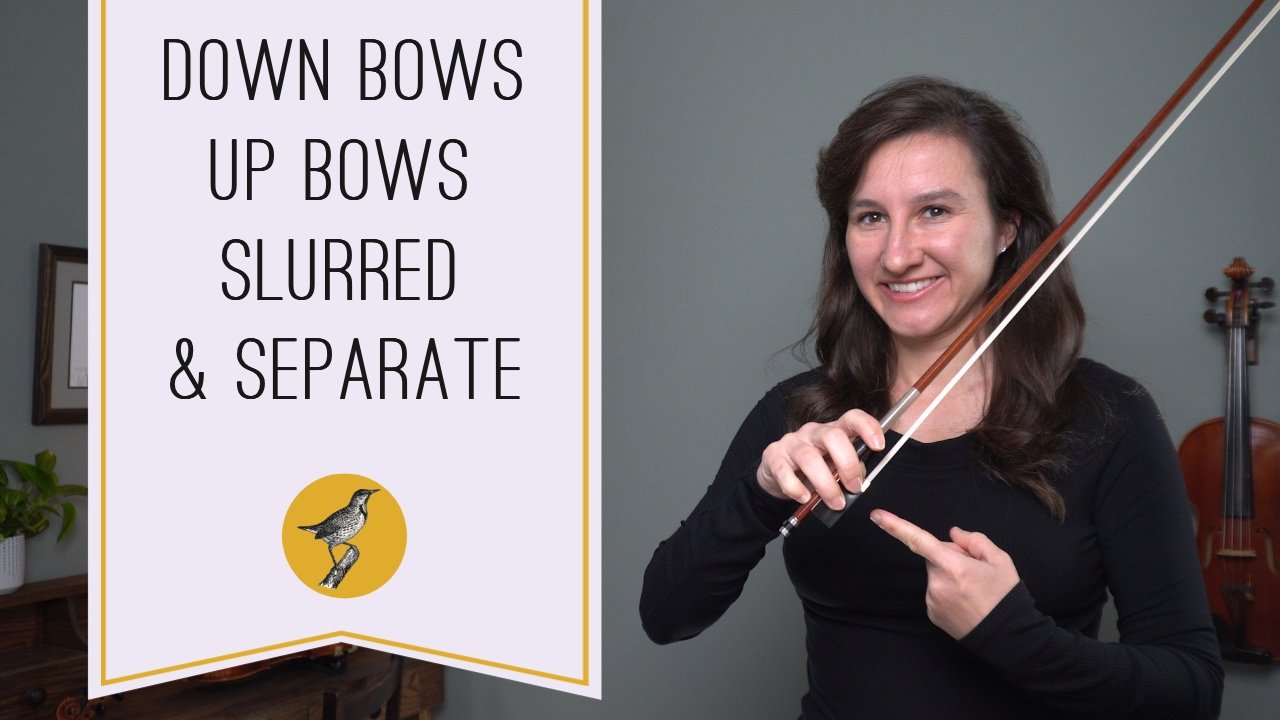


![10 Best Violins for Beginners [2024] A Violin Teacher’s Ultimate Guide](https://images.squarespace-cdn.com/content/v1/554545e3e4b0325625f33fa6/1600433065588-JQV56M1W9LNI833AVGEE/10+best+violins+for+beginners+2020.jpg)
